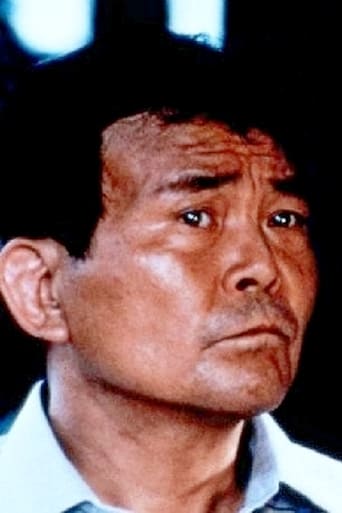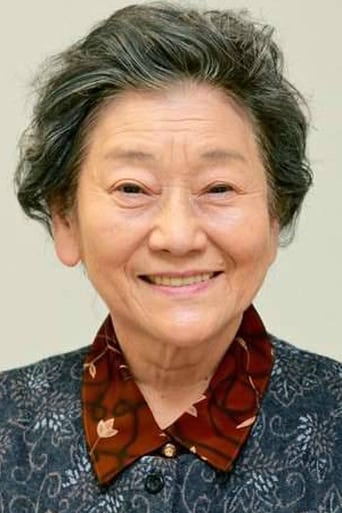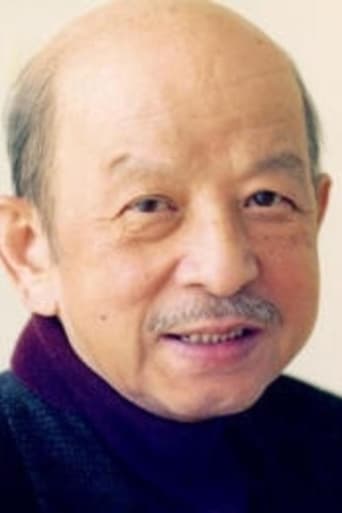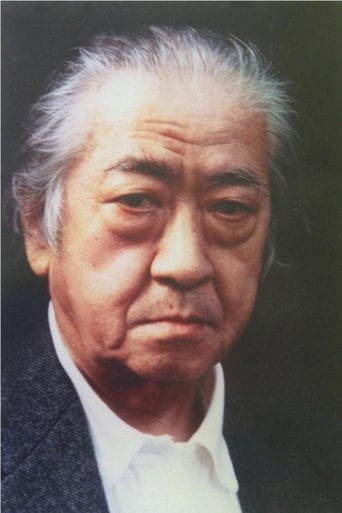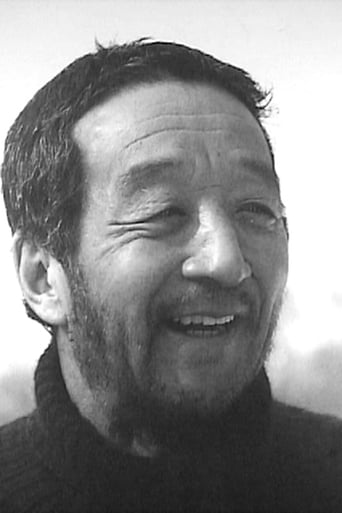Protraph
Lack of good storyline.
Chirphymium
It's entirely possible that sending the audience out feeling lousy was intentional
Kayden
This is a dark and sometimes deeply uncomfortable drama
swillsqueal
"Divide et impera" is an old game used by those with power against their subalterns. In "Pitfall", an employer who owns two mines has had to deal with one big union in the past. So, the employer conjures up a plan to divide his mine workers. He lays off some from one mine and doesn't layoff any at the other. The members of the one big union are supposed to come to each other's aid in solidarity when trouble with the employer erupts and this is one such occasion. However, when the miners of mine number one ask miners of mine number two for class solidarity in their strike to get lost jobs back, the miners of mine number two refuse and keep working as the employer has told them that they will not suffer layoffs. Bingo! The miners in one his mines have been pitted against the miners of his other mine, competing for what they think are a limited number of positions. The consequence is that the one big union splits into two competing unions. It's much easier for the boss to make deals with two small unions for they are weaker than one big union. Message to the employing class: divide and rule. Lesson for workers:unity.What happens though when the employer wants to get rid of even those two unions, weakened by distrust, one for the other? The answer to this question is large part of what director Hiroshi Teshigahara's "Pitfall" is about. Teshigahara wasn't alone in creating this film. To be sure, "Pitfall" was also the work of author Kôbô Abe. In fact, "Pitfall" was originally a stage play by Abe. One must keep in mind when watching this film that both men were leftists, influenced by surrealism and it shows in the direction, screenplay, choice of music and cinematography. Both men saw how the social relations of capitalist class rule kept the producers weak, poor and in wage-slavery. Both also saw the existential theme of alienation between people which is part and parcel of the the system of wage-labor. But neither of them was about to produce a piece of nihilist fiction, which is what many reviewers of this film seem to think "Pitfall" is about. Teshigahara and Abe are depicting life under the rule of Capital and showing how it works to keep workers at each others' throats. As the film opens, a father and his young boy wander a stark landscape in Kyushu, industrially pockmarked by mines and the scattered, wild remnants of a supremely indifferent Nature. This is an environment like our own, one which has suffered from the neglect of civilization's modern rulers. The father is a rootless proletarian in search of an employer and on the run because he has 'deserted'. The film's audience is never told what he has deserted from; but whatever it was, there are other workers who have deserted from it too. We know this because the father is being accompanied through part of the film by a fellow mine worker who is also on the run, a self-proclaimed 'deserter'. We also know because in one scene from a mine work-site a man is fallen upon by two other men, authorities who take him away after a scuffle. The miners who view this in a stunned, atomized silence agree: the man must have been a 'deserter'. The father's young son has been brought up as witness to the fact that authority can never be trusted. He has seen too many ordinary working people hurt in some way by people who wear the clothes and uniforms of officialdom. When he spies a man in a pristine white suit riding through the mining town on a motor scooter, the only motor vehicle around which isn't a truck, he hides.The father, his son and their companion, the other mine worker, leave one job secretly in the night and go on the road to look for another. They fear discovery as 'deserters' as their employer seems like he might be catching on. No chances can be taken. Both land a job at another mine site some distance away and it looks to be a good job too. The father has always dreamed of working for a union mine and of the better, more comfortable and secure life this would mean. This one's not bad; but one of his supervisors tells him that a new boss awaits him at another mine with an even better job and so he and his son take off on foot with a simply sketched map in hand.However, the new mine doesn't seem to exist. Instead, the father is led by the written map given to him by his former supervisor to an abandoned mining town where only one person lives, a woman who owns a candy/trinket store. The woman is as isolated and lonely as the father. She too is waiting for something, a letter from her ex-lover, a summons to a better place. In the course of their conversation, we find out that the ghost town has been abandoned because of all the mining accidents which have happened. Unsafe working conditions have their consequences. Still, the father wonders what went wrong with the directions he got from his old supervisor. He's sure that he's in the right place, the one given to him on a piece of paper by foreman of the mine he just left. The candy store owning woman suggests that he might be looking for another mine, just over the hill.Be prepared for ghosts, doubles and dastardly planned murders most foul. Be prepared to see and even hear (in a jangling musical score) a movie which will intrigue and surprise and may cause you thereafter to continually question the motives of your rulers: divide et impera.
chaos-rampant
Although structurally and aesthetically experimental cinema, Teshigahara's debut proper already carries all the trademarks of an assured author and although a bit rough around the edges here and there it shows a director experimenting with his craft even as he perfects it. Japanese new-wave ferried to its logical conclusion even as it takes its first baby steps.Based on a story by Kôbô Abe, PITFALL explores the myriad possibilities that emerge from the space where life and death overlap, as a poor miner is murdered under mysterious circumstances in the marshes near an old ghost town. His murderer, an alluring white-clad figure, buys off the silence of the one witness, a woman operating a candy store in the ghost town district, and disappears as mysteriously as he appeared. In the mean time the murdered man wakes up next to his corpse only to discover he's now a ghost.While THE SIXTH SENSE milked a very similar idea for maximum mainstream appeal, shock twists and shallow thrills, Teshigahara is wise to allow his material to breathe. Even though a very pragmatic subplot about two rival labour unions introduced in the end of act two detracts from the existential nature of the story, like all great storytellers Teshigahara never settles for the convenient and tidy, refuses to explain what the viewer most needs explained. Personal interpretation is very important in any work and particularly in something as haunting as this. Who is the killer? Why is he doing it? Questions left open, the character cleverly typed as a seriocomic grim reaper of sorts riding around in his moped, a manifestation that invokes notions of fate by the very nature of his acts. Is there not meaning when one is not aware of it? Teshigahara pits the dead against the dead, the living against the living and everybody against each other, ghosts quizically examining their corpses and wondering the reason of their deaths, the living deaf to their protestations and too busy being suspicious of each other. A world revolving around a discordant axis, thrown off balance and left for us to explore its geometry.Teshigahara's direction reflecting the uncertainty and disorientation of the plot as much as Toru Takemitsu's dissonant score. A POV shot of a child introduced only for the child to walk inside its own POV shot. Jarring jump cuts that send characters jumping through space. Construction works photographed in all their derelict, abandonded glory, a ghost world for the dead to haunt. Notions of hell on earth. The ghost of the murdered man complaining he's hungry as winds rise in the soundtrack. A pack of dogs ascending a steep slope like other Sissyphi. Very precise, very geometric, the work of an assured visual director.
MARIO GAUCI
Teshigahara called his first feature film "a documentary fantasy" and it is indeed a strange amalgam of social realism, political thriller and ghost story.People in a mining community are being bumped off by a mysterious white-suited hit-man and the two warring unions are blaming the murders on one another. There is no reason why the victims come back from the dead as ghosts but this mining community is a veritable ghost town. The fate of the main character in the film, a common mine worker who shifts from town to town with his young boy in search of better working conditions, is sealed when he is mistaken by the hit-man (posing as an innocuous photographer) for the secretary of one of the unions and ends up face down on a beach before the eyes of his own passive son.The other notable inhabitant of the ghost town is a female candy-store owner who is perennially waiting for news from her far-away lover. To make ends meet, she agrees to act as a witness to the murder of the mine worker but, after being raped by a sleazy police officer, she ends up on the hit-man's list as well lest she decides to sing about her involvement in the murders. Ironically, she is killed just moments before the postman indolently delivers the longed-for letter from her lover and the sequence when her failure to clutch the letter with her fingers brings about her realization that she is in fact dead is a moving highlight. The mine worker seems resigned to his fate of suffering eternal hunger (since he died on an empty stomach!) but the woman can't accept the fact that she was taken away from this world just as her life was about to take a turn for the better; her incessant questioning and screaming after the hit-man riding away on his motorcycle is not easily shaken off.The second half of the movie deals in more detail with the machinations of the two miners' unions which are being pitted one against the other by some unknown force. Towards the end of the film, there is a lengthy, impressive sequence of a clandestine meeting between the two secretaries (one of whom suspects the other of having hired the hit-man to terminate him) which turns into a gritty fist-fight between the two and ends with their two ghosts haunting the sea-side spot were earlier on the mine worker met his doom. This time, however, the miner's son is moved to tears by what he witnesses and, bewildered and alone, runs off aimlessly in a stunning, fluid camera move which ends the film on a high note.The occasionally elliptical narrative may be explained by the fact that we see the events unfolding before us through the eyes of the child and the film's most arresting image is that of the boy's eye peering through a crack in the wall of the wooden shack spying on the woman being raped. PITFALL's subject matter and lack of major stars may limit its appeal but, for adventurous film fans, it's a satisfyingly existentialist and Kafkaesque journey.
xhari_nairx
This film is very difficult to find in the West. It's not on video and you'd probably have to be lucky and find it at a film festival or a revival house. It's the first collaboration between director Teshigahara, writer Kodo Abe, and composer Toru Takemitsu, who went on to make the more widely available WOMAN IN THE DUNES and FACE OF ANOTHER. It's not quite as strong as WitD but is on par with FoA. This is a satire about a deserted town who's inhabitants are ghosts swallowed up by corruption. Teshigahara's direction is solid and Takemitsu comes up with another appropriately dissonant score balancing tension and humor. It's worth seeing for anyone interested in the three principal collaborators, particularly since opportunities to see it are rare. Takemitsu in particular could almost single handedly make a movie worth watching.
